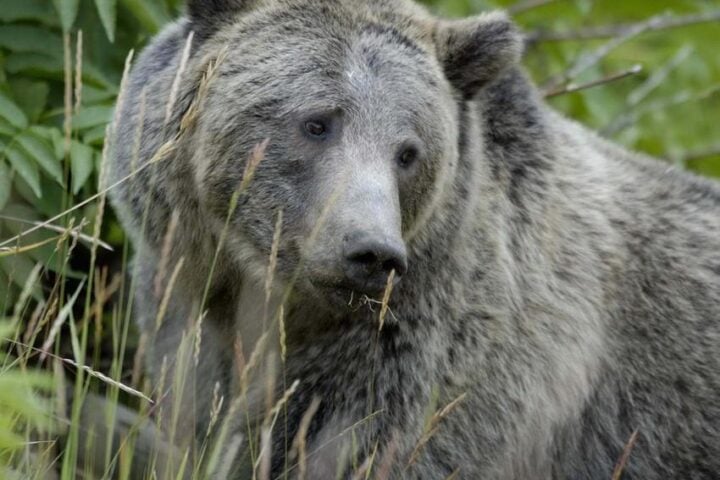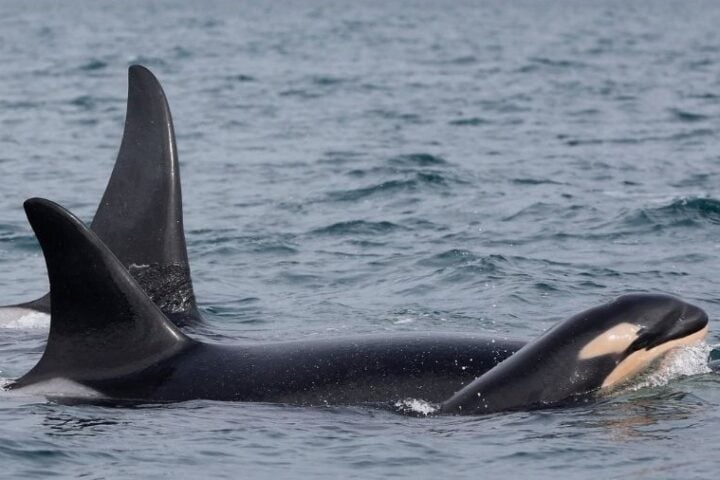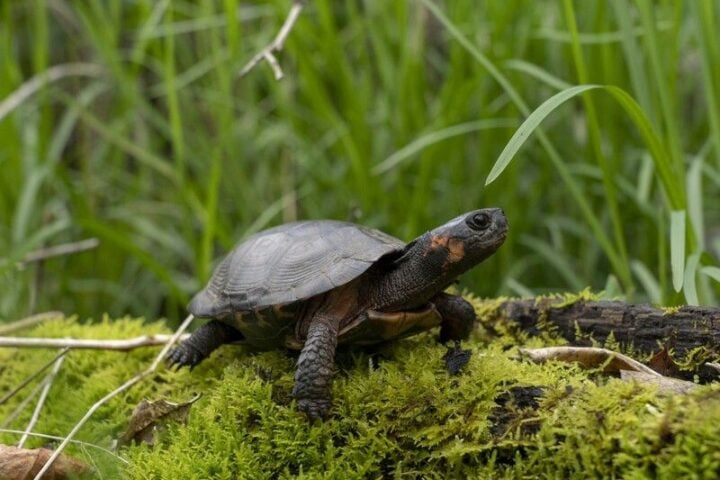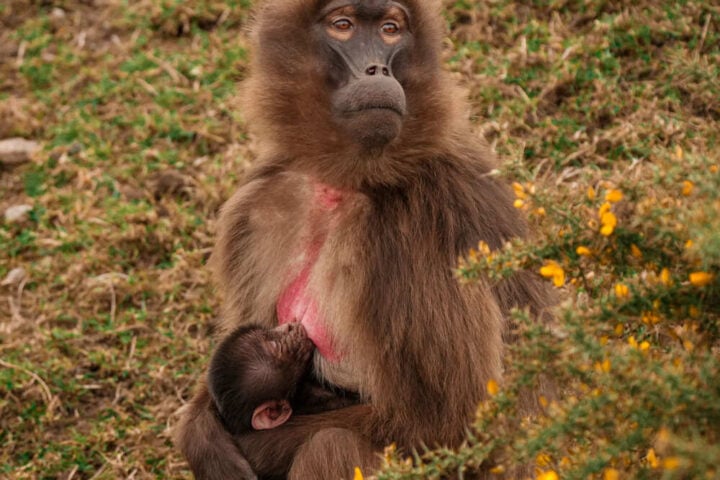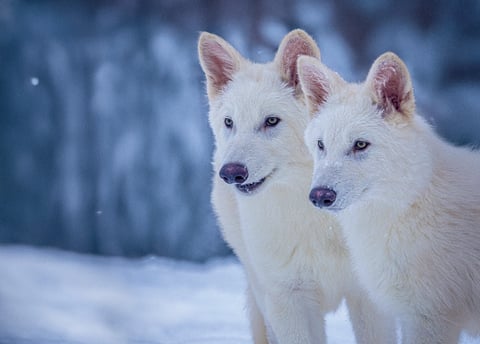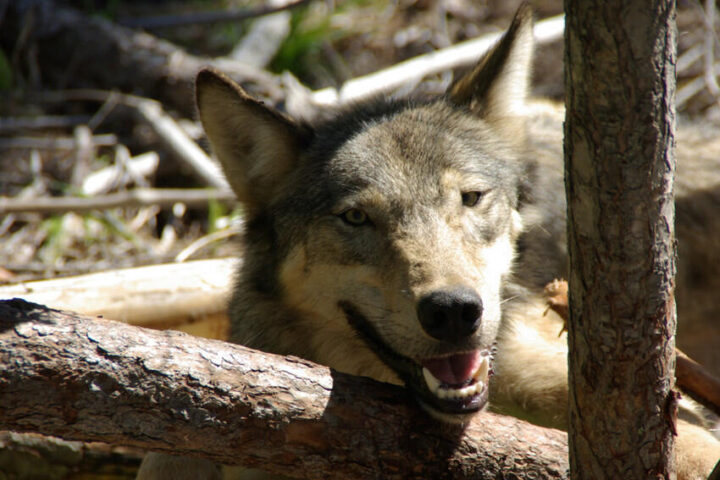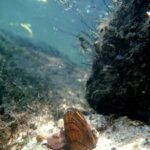The famous fable about the tortoise winning the race against the rabbit has not only been proven true, but it has also broken a record. A critically endangered leatherback turtle has set a new record in deep diving. A female leatherback turtle managed to reach a depth that is even beyond that of most submarines, as Live Science reported.
A Western Pacific leatherback migrating from her nesting grounds in the Solomon Islands dove to a whopping 4,409 feet. Earlier this year, the Western Pacific leatherback (Dermochelys coriacea) left a nesting site in the Solomon Islands and dove 4,409 feet (1,344 meters) beneath the ocean surface. This was revealed by the environmental organization The Nature Conservatory. Leatherback turtles have long been known to be the deepest-diving reptiles in the world.
Leatherbacks do not graze in shallow waters, unlike other species of sea turtle. These large reptiles head out into the open ocean to feed on jellyfish, from the moment they reach the water for the first time. The achievement of the Pacific leatherback beat the previous record holder by 210 feet (64 meters), which was set by another leatherback turtle in 2006, according to the Guinness World Record. Life science has shown that this diving is deeper than submarines, which tend to go down to depths of 2,950 feet (900 meters).
Similar Post
These turtles can hold their breath for around 90 minutes each time they dive. Known as a carapace, their shells are specially adapted to contract and expand with changes in pressure as the animals dive and then resurface again. The turtle, known as “Uke Sasakolo,” was under observation by an ongoing satellite tracking study. Uke Sasakolo laid her eggs at the Sakolo nesting beach in the Solomon Islands in the South Pacific.
Uke then set off back to the deep ocean where she and most of the other nesting turtles headed south into southern Australian and New Zealand waters. It was at this time, Uke Sasakolo, meaning “From Sasakolo,” undertook her record-breaking dive. Uke Sasakolo broke the current record on March 25. According to Peter Waldie, a marine scientist who leads the Nature Conservatory’s Solomon Islands Program, Uke Sasakolo’s sea dive and epic migration are truly spectacular.
Waldie told Live Science, “Leatherbacks are just an incredible creature to have in the world. The ability to swim non-stop all the way across the Pacific, to dive as deep as a Navy submarine on a single breath, it absolutely blows my mind.” In short, Uke Sasakolo, a Western Pacific leatherback migrating from her nesting grounds in the Solomon Islands dove to a whopping 4,309 feet, smashing the naval submarine record for deep diving.
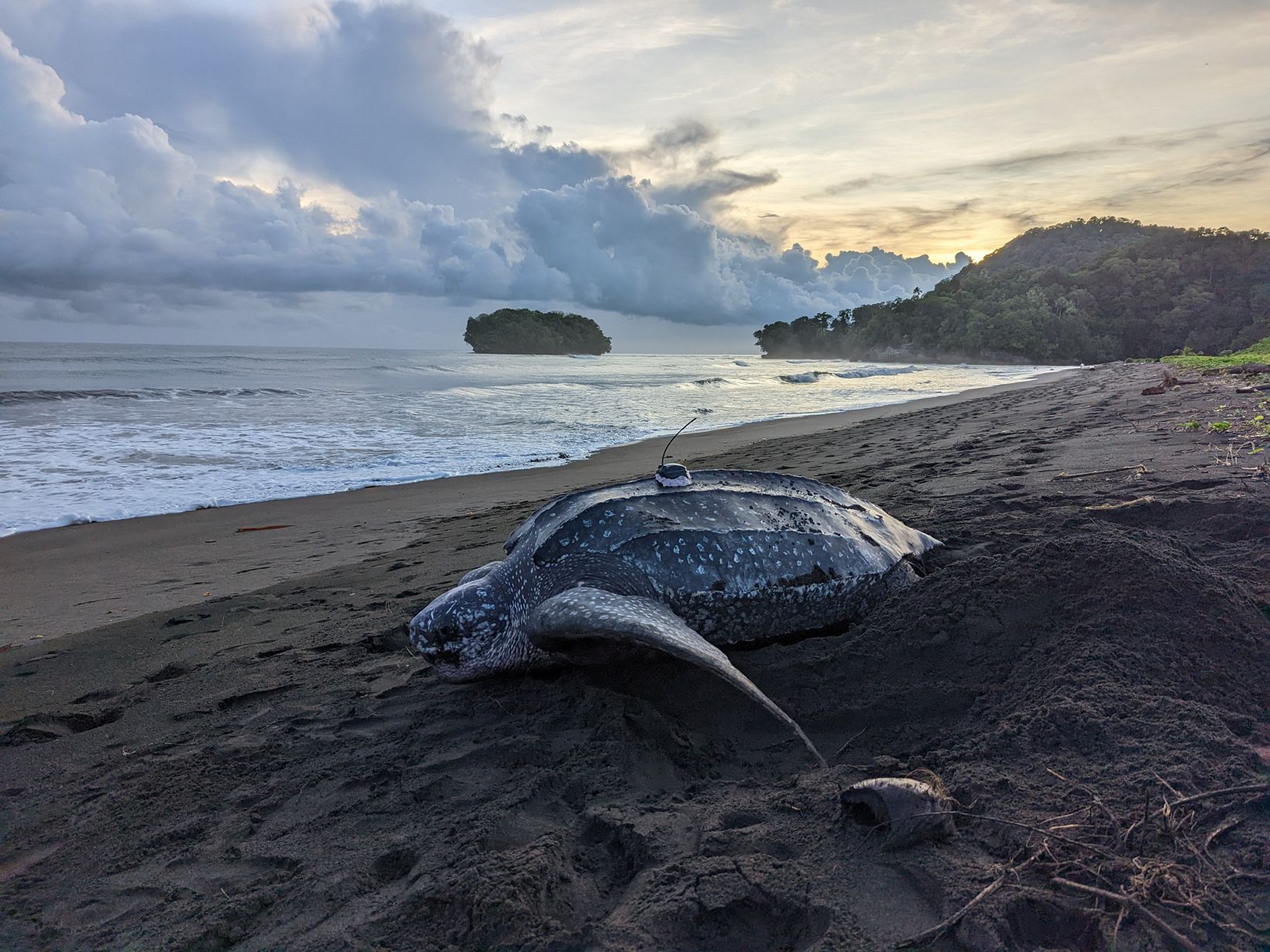
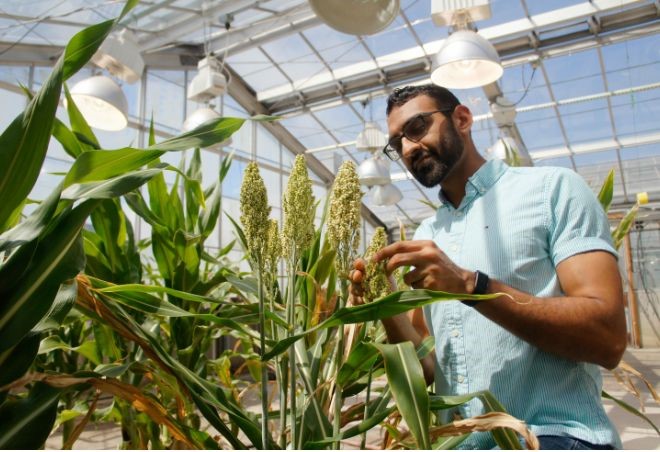






![Representative Image: European Starling [49/366]. Photo Source: Tim Sackton (CC BY-SA 2.0)](https://www.karmactive.com/wp-content/uploads/2025/04/Starlings-Drop-82-in-UK-Gardens-as-Birdwatch-2025-Reveals-Record-Low-Count-Since-1979-720x480.jpg)
